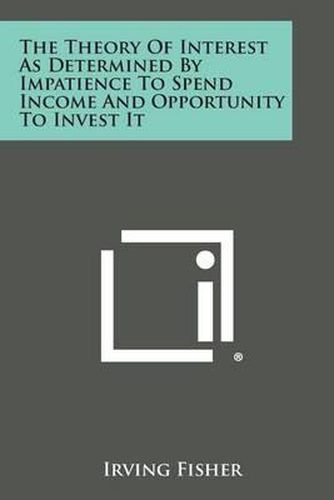Readings Newsletter
Become a Readings Member to make your shopping experience even easier.
Sign in or sign up for free!
You’re not far away from qualifying for FREE standard shipping within Australia
You’ve qualified for FREE standard shipping within Australia
The cart is loading…






2012 Reprint of 1930 Edition. Exact facsimile of the original edition, not reproduced with Optical Recognition Software. This work is an important update and reworking of Fisher’s The Rate of Interest, first published in 1907. Very fundamental changes in the nature of the world economy, principally World War I, war financing, the sensational inflation of the currencies of the combatants, and the remarkable developments in new scientific, industrial and agricultural methods had occurred; all requiring integration into a new theory. Fisher called interest an index of a community’s preference for a dollar of present [income] over a dollar of future income. He labeled his theory of interest the impatience and opportunity theory. Interest rates, Fisher postulated, result from the interaction of two forces: the time preference people have for capital now, and the investment opportunity principle (that income invested now will yield greater income in the future).
$9.00 standard shipping within Australia
FREE standard shipping within Australia for orders over $100.00
Express & International shipping calculated at checkout
2012 Reprint of 1930 Edition. Exact facsimile of the original edition, not reproduced with Optical Recognition Software. This work is an important update and reworking of Fisher’s The Rate of Interest, first published in 1907. Very fundamental changes in the nature of the world economy, principally World War I, war financing, the sensational inflation of the currencies of the combatants, and the remarkable developments in new scientific, industrial and agricultural methods had occurred; all requiring integration into a new theory. Fisher called interest an index of a community’s preference for a dollar of present [income] over a dollar of future income. He labeled his theory of interest the impatience and opportunity theory. Interest rates, Fisher postulated, result from the interaction of two forces: the time preference people have for capital now, and the investment opportunity principle (that income invested now will yield greater income in the future).